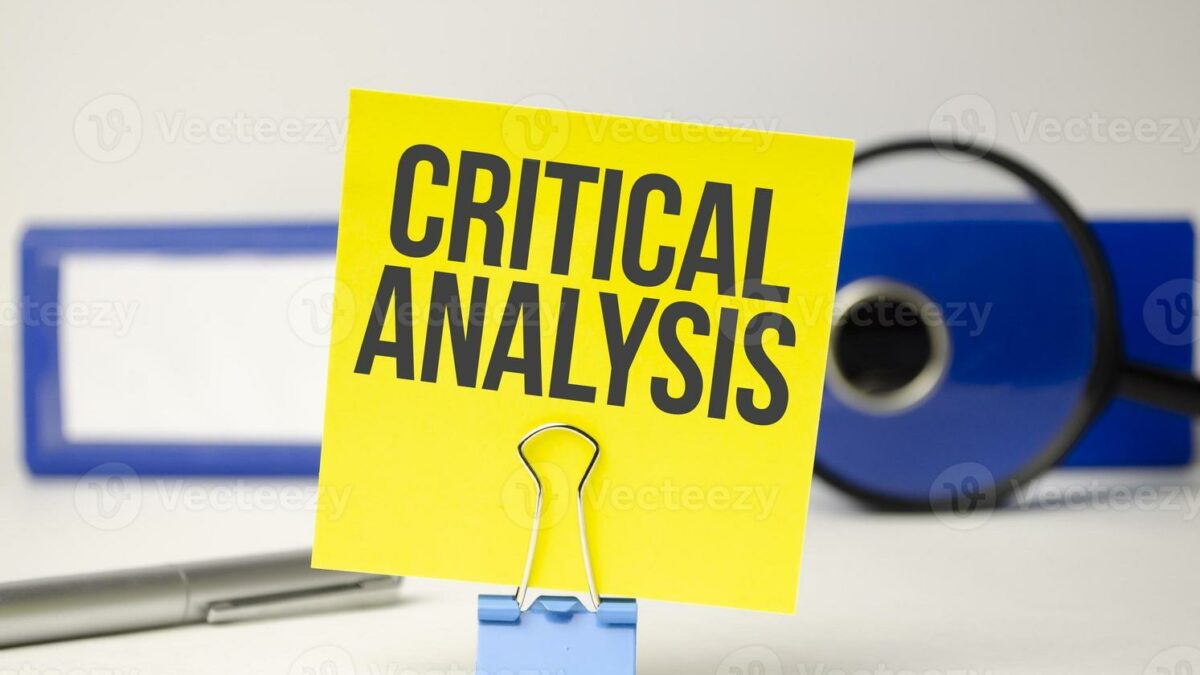
Event Summary: The Power of Privilege in the Scottish Legal Sector and Beyond by Diversity+
January 24, 2025
Picking Your Elective Modules in Law School
January 25, 2025Critical analysis in problem questions differs slightly from essays. While essays primarily focus on constructing a persuasive argument, problem questions centre on identifying the strengths and weaknesses of a legal position and evaluating the implications of the law on a given set of facts, supported by relevant evidence. Basically, your duty is to apply the law to a given set of facts, to determine a likely outcome.
However, when faced with a law problem question, many students focus solely on reciting legal rules and applying them to the facts presented. While this is a crucial step, it’s not enough to achieve top marks. Critical analysis is what distinguishes an exceptional answer from an average one. But what does “critical analysis” mean in this context, and how can you apply it effectively?
One powerful way to approach a problem question is to imagine yourself as the lawyer handling the case. This perspective not only sharpens your critical thinking but also aligns your mindset with the real-world skills you’ll use in practice. Here’s how to integrate this approach:
Adopt the Mindset of a Lawyer
As you read the problem question, think of yourself as the lawyer representing one of the parties involved. By stepping into this role, you’ll naturally start considering the broader context and implications of the legal issues presented. You would be able to focus on advising your client pragmatically, highlighting risks, options, and the likelihood of success, which is the whole purpose of problem questions.
Dissect the Facts and Consider All Angles
Start by identifying the relevant facts in the scenario. Don’t just take the facts at face value—ask questions about them. Are there ambiguities in the facts that might strengthen or weaken your client’s case? Could there be underlying motives or evidence that haven’t been disclosed? This is a very important step as every fact given in the fictional case is there for a reason. There would also almost always be facts that are missing from the case. This is purposely done, to test to what extent you fully understand the question and the law involved. Lawyers in practice often deal with incomplete information, so demonstrate that you’ve considered the nuances.
Equally important is identifying the facts that may support the opposing party’s position or generally weaken your client’s case. This is where critical analysis truly comes in. This would strengthen your analysis and show the examiner that you have considered the problem holistically.
How to use IRAC to Critically Analyse Problem Questions
Firstly, IRAC means Issue, Rule, Application and Conclusion. It is the standard structure for law problem questions.
Issue – Identify the problem you are trying to solve. Note: there will be multiple in the problem question, and you are required to address all that are relevant.
Rule – State the law that supports this issue. This should be statute, case law, directives, regulations etc. Whatever is relevant to discuss the issue. Point for critical analysis – use legal rules as tools, not answers. It’s not enough to simply recite legal principles or cases; you need to use them as tools to solve the problem. Consider how each rule applies to the facts—does it support your client’s position, or does it create a challenge? If a rule or precedent isn’t entirely clear, discuss how it might be interpreted differently depending on the circumstances.
For example, if the question involves contract law and a clause could be interpreted as unfair, explain how a court might analyse this under the Unfair Contract Terms Act 1977. Would your client benefit from the interpretation, or would it go against their case? This approach demonstrates critical evaluation. Note: You do not have to argue in favour of your client’s case completely, as this is not the point of the problem question. It is more important that you identify what exactly could be a disadvantage or advantage to the case, using the law, and reciprocate this information in your answer.
Application – This section demands the most critical analysis. Case law is crucial here. Apply the legal rules to the facts, using case law to support your reasoning. Identify cases with similar facts and assess the likelihood of success.
Critical analysis tip: Don’t just apply case law mechanically. Engage with it. For example, if there are conflicting cases, highlight them and explain which one is more likely to apply to the question. This would show your understanding of the complexities and uncertainties involved. Also, if a case appears to conflict with your argument, acknowledge it and explain why it may not apply, or how it could influence the outcome.
Conclusion – Based on your analysis, provide a clear conclusion. This can be positive, negative, or uncertain, depending on the facts and law. For example: “Given the facts and case law, it is likely/unlikely that…” Avoid being vague or sitting on the fence—your conclusion should tie together your reasoning
Note: Remember, these should apply to each paragraph of your answer.
Tailor Your Answer to Your Audience
In practice, how you deliver your advice or arguments depends on your audience. Judges expect well-structured, persuasive legal reasoning. Clients, on the other hand, need clear, practical advice that avoids unnecessary legal jargon. This is what examiners generally expect your presentation to represent. So, practice tailoring your answer to reflect this. For example, when concluding your problem question, clearly outline the likely outcomes and their implications.
Critical analysis in law problem questions is not just about applying the law—it’s about thinking like a lawyer. Imagine yourself in the role of a solicitor or barrister and approach the question as if it were a real case. By dissecting the facts, applying legal rules strategically, addressing counterarguments, and providing practical solutions, you will not only excel in your academic work but also build skills that will set you up for success in your legal career.
Article written by Constance Eke, LLB graduate from the University of Leeds and a current LLM student at the University of Sheffield.





